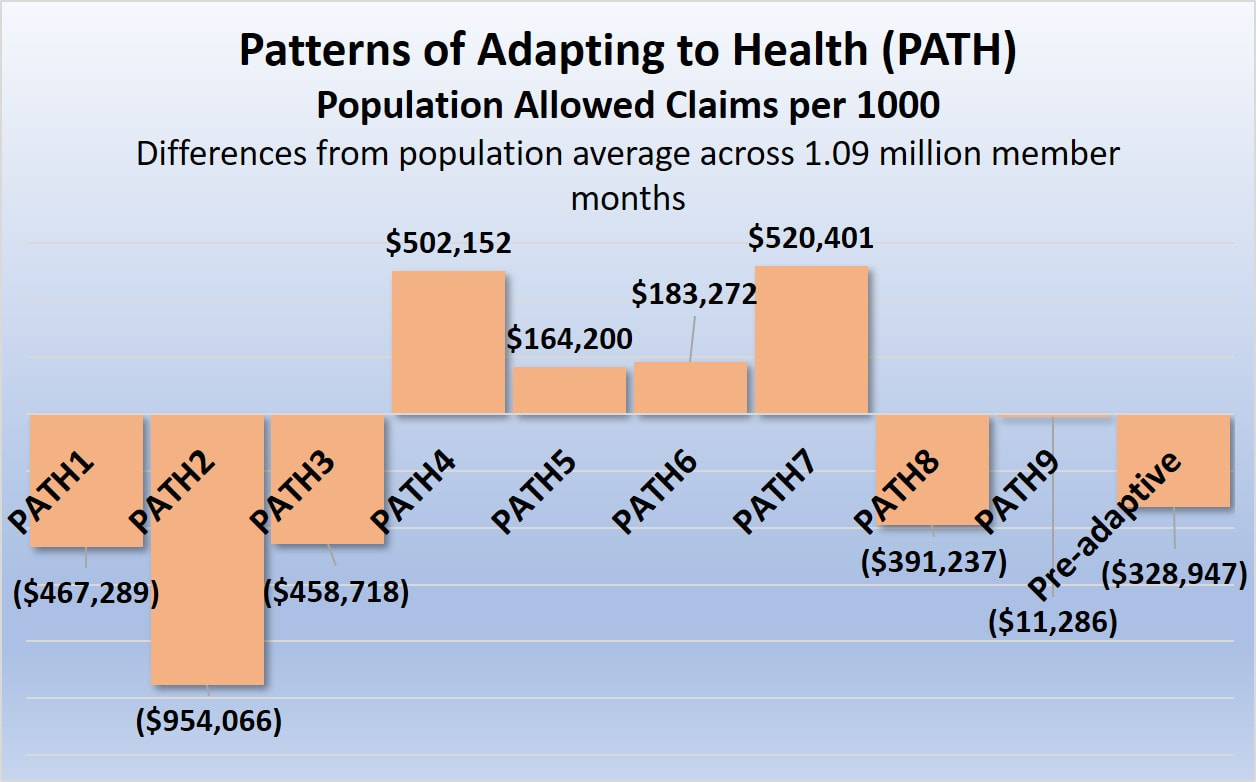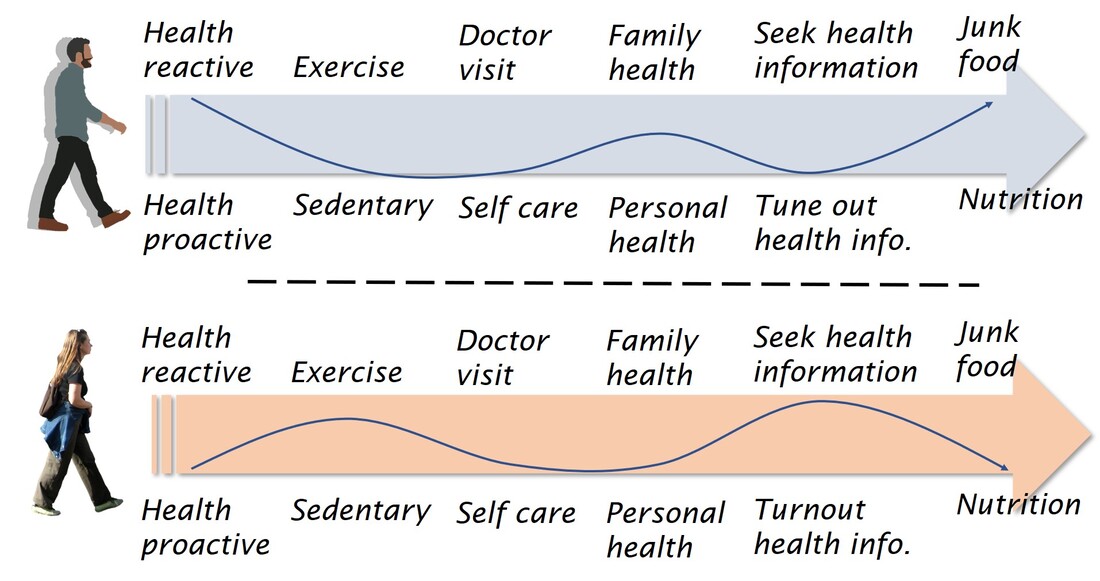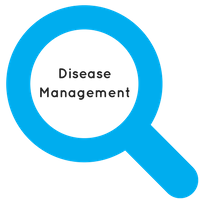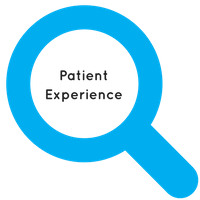|
The science of the Patterns of Adapting to Health (PATH) is at the forefront of a new understanding of the relationship between health decision-making, the emergence of strongly motivated health behaviors, and the patterns they form shaping the health of individuals and populations.
The conformity of adult behavior to the Patterns of Adapting to Health (PATH) trace out multiple behavioral trajectories of response to health and health care issues predictably impacting wellness, fitness, and disease risk.
The Patterns of Adapting to Health (PATH) allow health organizations to see these patterns, the trajectories of health they create, and quantify their effects on health, demand, and medical expenditures. Health organizations and coaches then apply tested, targeted, and tailored interventions to optimize pattern-specific health outcomes. behavioral drivers of heath care costs |
Trajectories of Multiple health behaviors |
|
Copyright © 2017 PATH Institute
|
Website by RyTech, LLC
|










